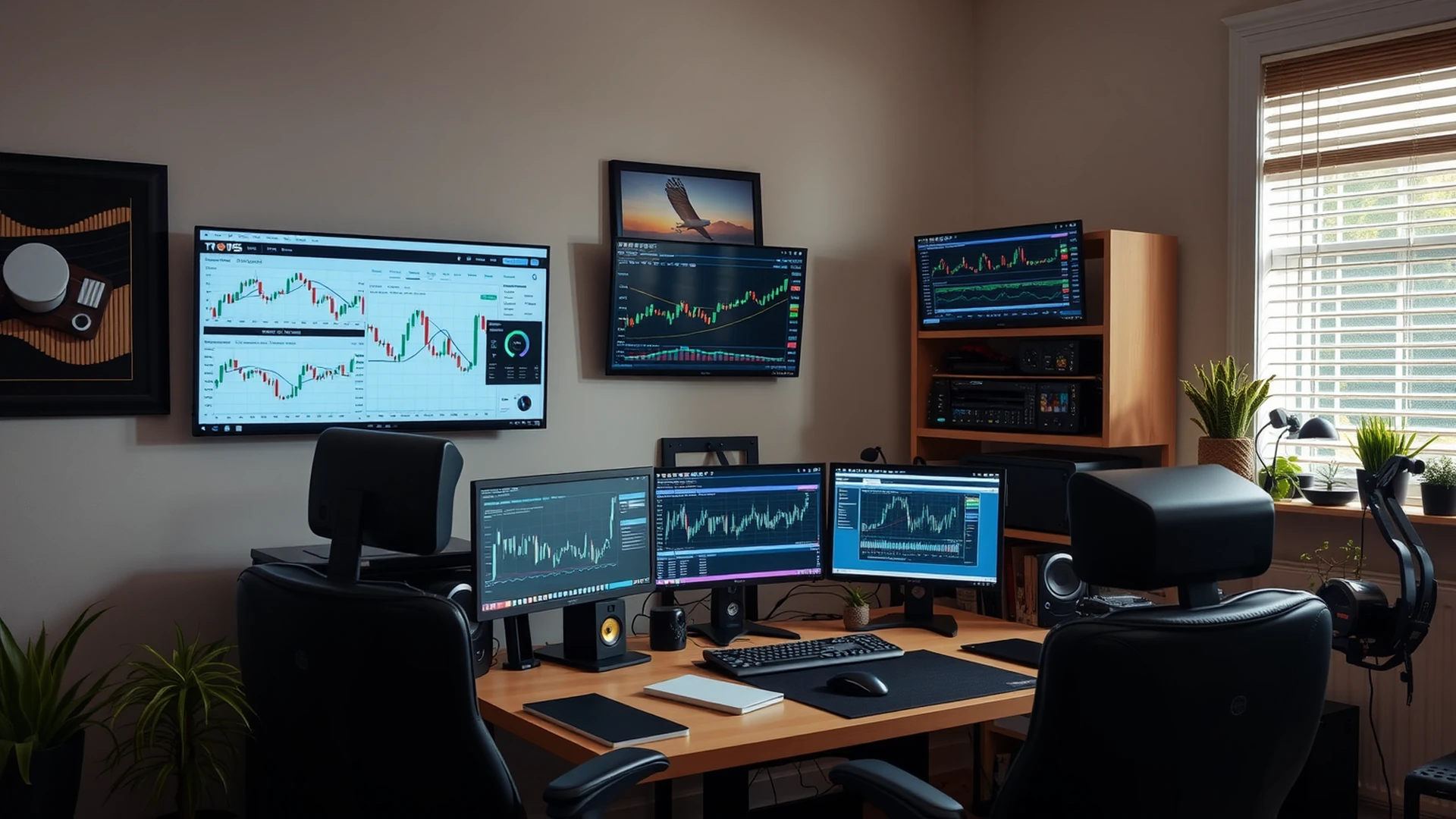Following extensive negotiations, employees at Thyssenkrupp’s steel division have formally endorsed a sweeping restructuring plan. The agreement, which concludes months of discussions, aims to place the industrial conglomerate on a more stable financial footing. Central to the plan is an annual savings target of €120 million, though questions remain about whether this will be sufficient to ensure a long-term turnaround.
Market Responds Positively to Labor Agreement
The financial markets delivered an immediate and positive verdict on the news. On Friday, Thyssenkrupp shares were among the top performers on the MDax, posting significant gains. This latest advance continues a robust trend for the equity, which has surged by over 200 percent in the past year. The stock was recently quoted at €9.84.
Details of the “Stahl Neuaufstellung” Restructuring Pact
The newly ratified “Stahl Neuaufstellung” (Steel Realignment) agreement entails substantial concessions from the workforce, making their approval a critical and hard-won milestone. The cost-saving measures will directly impact employee compensation through several key channels:
- Implementation of wage concessions to achieve the €120 million annual savings goal
- Reduction or complete elimination of anniversary bonus payments
- A 50% cut in on-call duty allowances
- Additional curtailments to various other supplementary benefits
In exchange for these significant concessions, the company’s management has committed to making crucial modernization investments across its production sites. This pledge for vital capital expenditure was a pivotal factor in securing the approval of employee representatives.
Should investors sell immediately? Or is it worth buying Thyssenkrupp?
A Path to Stability or a Temporary Respite?
While the agreement provides a foundation for recovery, formidable industry headwinds persist. The global steel market continues to suffer from overproduction, which maintains downward pressure on prices. Furthermore, high energy costs in Germany erode competitive advantage, and the sector faces relentless competition from low-cost imports originating in Asia.
The approved austerity measures create the essential preconditions for a potential stabilization of the business. However, the ultimate success of the plan hinges on the execution of the promised modernization investments and the subsequent realization of efficiency gains. The coming quarters will be crucial in determining whether these operational improvements materialize.
The workforce’s decision represents a critical step forward, but Thyssenkrupp’s journey back to sustainable profitability is far from over.
Ad
Thyssenkrupp Stock: Buy or Sell?! New Thyssenkrupp Analysis from December 10 delivers the answer:
The latest Thyssenkrupp figures speak for themselves: Urgent action needed for Thyssenkrupp investors. Is it worth buying or should you sell? Find out what to do now in the current free analysis from December 10.
Thyssenkrupp: Buy or sell? Read more here...











